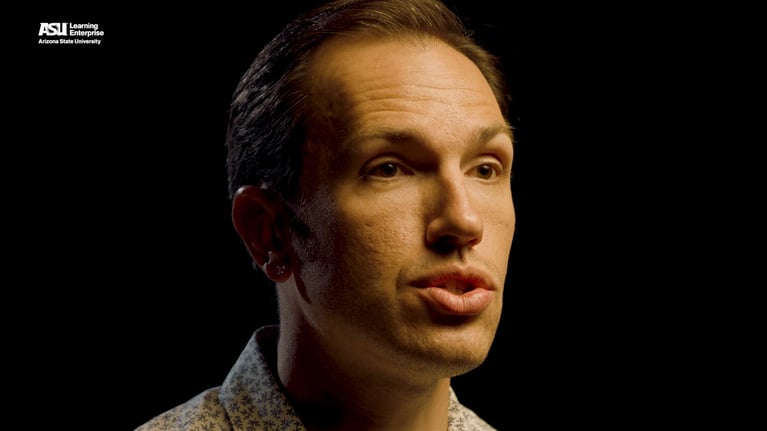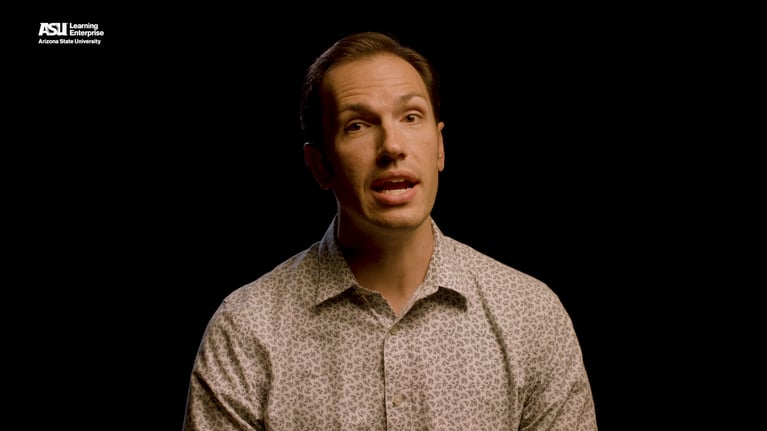Lighting design is a key part of controlling how people perceive things from film to architecture. Lighting designers use different levels of brightness, color and angles to portray desired visual information. Though not a primary function of lighting design, emotional experience is also shaped by various lighting techniques.
A performance wants to be seen.
The primary responsibility of the lighting designer is to make sure the audience sees what we want them to see, while at the same time directing their attention away from what we don’t want them to see. Live performance isn’t TV or Film, where the camera directs focus and attention; Lighting, Scenery, and Staging provide the focus.
A biological reality that helps this is that the human eye naturally travels to the brightest thing onstage.
Another thing to consider: If you can’t see an actor’s mouth you’re going to have a hard time hearing and understanding what they’re saying. This is why comedies and sitcoms are so BRIGHT, and also why no one could understand Bane in the Dark Knight Rises.
Next, we need to consider that Film, Theatre, Dance, even Architecture are all working with 3-Dimensional Objects. When we light people and spaces we want to reveal their dimensional form.
A word I like to use a lot is ‘carve.’ As a designer I am carving the actor out of the space by lighting them with different levels of brightness, different colors, and from different angles, and to reveal their dimensionality.
We definitely need to see the actors, but unlit backgrounds lack energy.
Shaping the larger Composition with light brings the world of a story into focus. Finding balance with the Actor, the Costume, and the Set can be used to create layers of focus, and stories in stories
Composition shouldn’t overshadow visibility, but work with it.
Sometimes Lighting designers invert expectations and bring total focus to the composition in order to play with the shadow and silhouettes.
A story will make use of location, time of day, even weather.
Lighting can provide the audience with visual information communicating these dramatic devices. Moreover – as a designer working with the director you can make determinations about when and where a scene is happening to enhance the drama and enhance the mood.
Most often – lighting can ground a play in the time when it is happening. Sunrise to Sunset and beyond.
Lighting can create locations and a sense of architecture - even with no support from hulking scenery.
A memorable story, play, movie, musical – whatever – is more than a series of events, it’s an emotional journey and experience!
Supporting this emotional experience gently is the last function of lighting design. We add a subtle shift to support a shift in the feeling of a scene, or throw in a soft color to increase the sense of romance or danger.
But designer beware - Overemphasizing emotional experience at the cost of the other functions of Lighting Design at best can turn a story into melodrama and at worst make a story an outright MESS.
So don’t forget to make sure we can see dimensional people, shape the background, and provide information, and by the time you’ve done those things you might discover you’ve already fulfilled the emotional needs of the moment!


